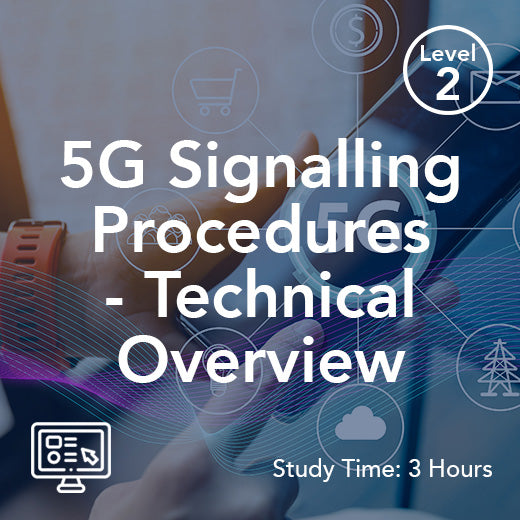Accesso multiplo a divisione di frequenza FDMA
- , di Stephanie Burrell
- 3 tempo di lettura minimo
L'Accesso Multiplo a Divisione di Frequenza (FDMA) è un concetto fondamentale nel mondo delle telecomunicazioni, in particolare nel Regno Unito, dove la connettività è fondamentale sia per scopi personali che aziendali. Comprendere l'FDMA è essenziale per comprendere il funzionamento delle nostre reti di comunicazione e come si sono evolute nel corso degli anni per soddisfare le crescenti esigenze di una società sempre più interconnessa.
In sostanza, FDMA è una tecnica utilizzata per suddividere lo spettro di frequenze disponibile in canali distinti, ciascuno dei quali è assegnato a uno specifico utente o dispositivo di comunicazione. Questa suddivisione consente a più utenti di condividere lo stesso mezzo fisico senza interferire tra loro, consentendo una comunicazione efficiente e affidabile sulle onde radio.
Il concetto di FDMA risale agli albori dei sistemi di comunicazione analogici, quando le bande di radiofrequenza venivano suddivise in canali separati per accogliere più utenti. Nel Regno Unito, questa tecnologia ha svolto un ruolo fondamentale nello sviluppo delle prime reti di telefonia mobile, consentendo agli utenti di effettuare chiamate e inviare messaggi senza subire interferenze significative da parte di altri utenti sulla stessa rete.
Con l'avanzare della tecnologia e la diffusione dei sistemi di comunicazione digitale, l'FDMA si è evoluto per soddisfare le mutevoli esigenze di consumatori e aziende nel Regno Unito. Oggi, l'FDMA è ancora utilizzato in vari sistemi di comunicazione wireless, tra cui le reti mobili 2G e 3G, dove contribuisce a ottimizzare l'uso di risorse di frequenza limitate e a migliorare la qualità complessiva del servizio per gli utenti.
Uno dei principali vantaggi dell'FDMA è la sua semplicità ed efficienza nella suddivisione dello spettro di frequenza. Assegnando a ciascun utente una banda di frequenza specifica, l'FDMA garantisce che ciascun utente possa trasmettere e ricevere dati senza interferenze da parte di altri utenti. Questo metodo di allocazione dei canali è particolarmente adatto per le comunicazioni vocali, dove è richiesta una larghezza di banda costante e dedicata per mantenere conversazioni chiare e ininterrotte.
Nel contesto del settore delle telecomunicazioni del Regno Unito, la tecnologia FDMA ha svolto un ruolo cruciale nel plasmare il modo in cui comunichiamo e ci colleghiamo tra noi. Dai primi giorni delle reti mobili analogiche all'attuale era delle reti ad alta velocità 4G e 5G, la tecnologia FDMA è stata una tecnologia fondamentale che ha permesso la crescita e lo sviluppo della nostra infrastruttura digitale.
Guardando al futuro, con la domanda di connettività wireless in continua crescita nel Regno Unito, l'FDMA rimarrà un concetto rilevante e importante nella progettazione e nell'implementazione dei futuri sistemi di comunicazione. Comprendendo i principi dell'FDMA e il suo ruolo nell'ottimizzazione dell'uso dello spettro di frequenze, possiamo garantire che le nostre reti di telecomunicazione rimangano efficienti, affidabili e in grado di soddisfare le esigenze in continua evoluzione di una società connessa.
In conclusione, FDMA è un concetto fondamentale nel mondo delle telecomunicazioni che ha svolto un ruolo fondamentale nel plasmare l'evoluzione dei sistemi di comunicazione nel Regno Unito. Dividendo lo spettro di frequenza in canali distinti, FDMA consente a più utenti di condividere lo stesso mezzo fisico senza interferenze, garantendo comunicazioni efficienti e affidabili sia per i consumatori che per le aziende. Guardando al futuro della connettività wireless, comprendere e apprezzare l'importanza di FDMA sarà fondamentale per costruire e mantenere reti di comunicazione robuste e resilienti che soddisfino le esigenze di una società moderna e interconnessa.

































